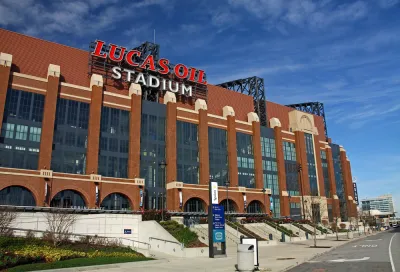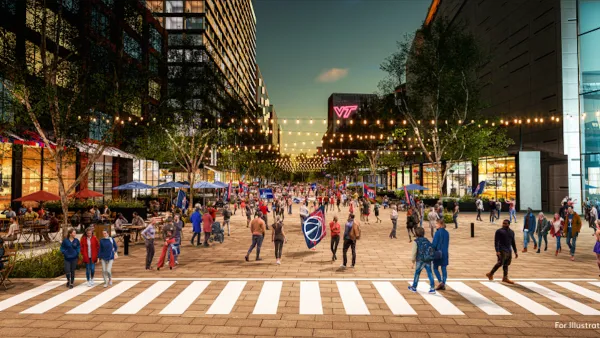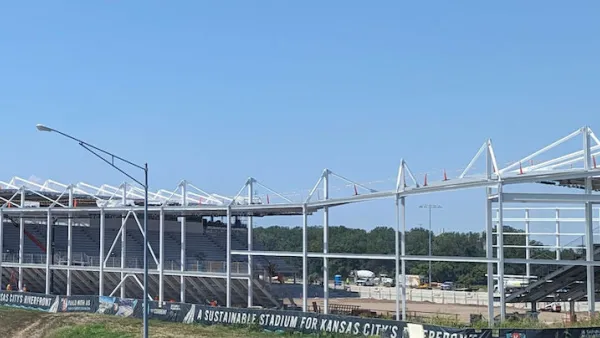Are you ready for some football…stadiums to receive massive subsidies from the federal government?

Ted Gayer, Austin J. Drukker, and Alexander K. Gold write a blog post introducing a new paper on the federal subsidies devoted to private sports stadiums in the United States.
The article opens with the example set by the house that replaced the "House that Ruth Built": the new Yankee Stadium that opened in 2009. The stadium received $1.7 billion in tax-exempt municipal bonds, which amounts to a $431 million federal subsidy. The stadium's financing is also responsible for another $61 million in lost federal tax revenues: "High-income taxpayers holding the bonds receive a windfall tax break, resulting in an even greater loss of revenue to the federal government."
The new paper by the Brookings team finds 35 examples of tax-exempt bond financing of professional sports stadiums since 2000.
All together, the federal government has subsidized newly constructed or majorly renovated professional sports stadiums to the tune of $3.2 billion federal taxpayer dollars since 2000. But because high-income bond holders receive a windfall gain for holding municipal bonds, the resulting loss in total revenue to the federal government is even larger at $3.7 billion.
The article also includes an interactive menu of federal financing for stadiums, with stadiums from Major League Baseball, the National Football league, the National Basketball Association, an the National Hockey league included.
The study also recommends a way to end the subsidy gravy train for private sports stadiums: eliminate the private payment test for stadiums. "By doing so, any stadium used primarily for 'private business use' (that is, all professional sports stadiums) would no longer be eligible to receive federal tax-exempt financing," according to the article.
FULL STORY: Why the federal government should stop spending billions on private sports stadiums

Analysis: Cybertruck Fatality Rate Far Exceeds That of Ford Pinto
The Tesla Cybertruck was recalled seven times last year.

National Parks Layoffs Will Cause Communities to Lose Billions
Thousands of essential park workers were laid off this week, just before the busy spring break season.

Retro-silient?: America’s First “Eco-burb,” The Woodlands Turns 50
A master-planned community north of Houston offers lessons on green infrastructure and resilient design, but falls short of its founder’s lofty affordability and walkability goals.

Test News Post 1
This is a summary

Analysis: Cybertruck Fatality Rate Far Exceeds That of Ford Pinto
The Tesla Cybertruck was recalled seven times last year.

Test News Headline 46
Test for the image on the front page.
Urban Design for Planners 1: Software Tools
This six-course series explores essential urban design concepts using open source software and equips planners with the tools they need to participate fully in the urban design process.
Planning for Universal Design
Learn the tools for implementing Universal Design in planning regulations.
EMC Planning Group, Inc.
Planetizen
Planetizen
Mpact (formerly Rail~Volution)
Great Falls Development Authority, Inc.
HUDs Office of Policy Development and Research
NYU Wagner Graduate School of Public Service



























